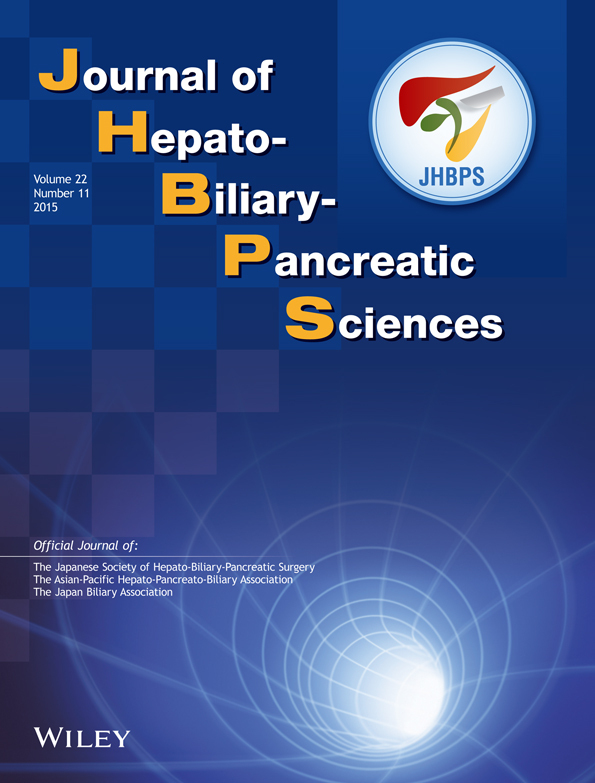Predicting length of stay and conversion to open cholecystectomy for acute cholecystitis using the 2013 Tokyo Guidelines in a US population
This study was presented at the Americas Hepato-Pancreato-Biliary Association 2015 Annual Meeting, 14 March 2015, Miami, Florida, USA.
Abstract
Background
The 2013 Tokyo Guidelines (TG13) for acute cholecystitis have not been studied extensively in US populations.
Methods
A retrospective review of patients with acute cholecystitis within a single system from 2009 to 2013 was performed. The diagnosis and severity of acute cholecystitis were assigned by the TG13. The primary outcome measures were length of stay and conversion to open cholecystectomy.
Results
Four hundred and forty-five patients with acute cholecystitis were studied. For all patients, length of stay (P < 0.001), disposition to home (P < 0.001), and morbidity (P = 0.003) were related to increasing TG13 grade. For surgical patients (n = 256), worsened outcomes with increasing TG13 grade were seen for conversion to open (P = 0.001), operative duration (P < 0.001), length of stay (P < 0.001), disposition to home (P < 0.001), and readmission (P = 0.037). On multivariate analysis, TG13 grade was an independent predictor of increasing length of stay (P = 0.009) and conversion to open surgery (grade 2: OR 7.63 (2.25–25.90), grade 3: OR 24.2 (5.0–116.37)).
Conclusions
Wide adoption of the TG13 in the US can better inform patients, hospital systems, and payers of the expected outcomes of acute cholecystitis.




